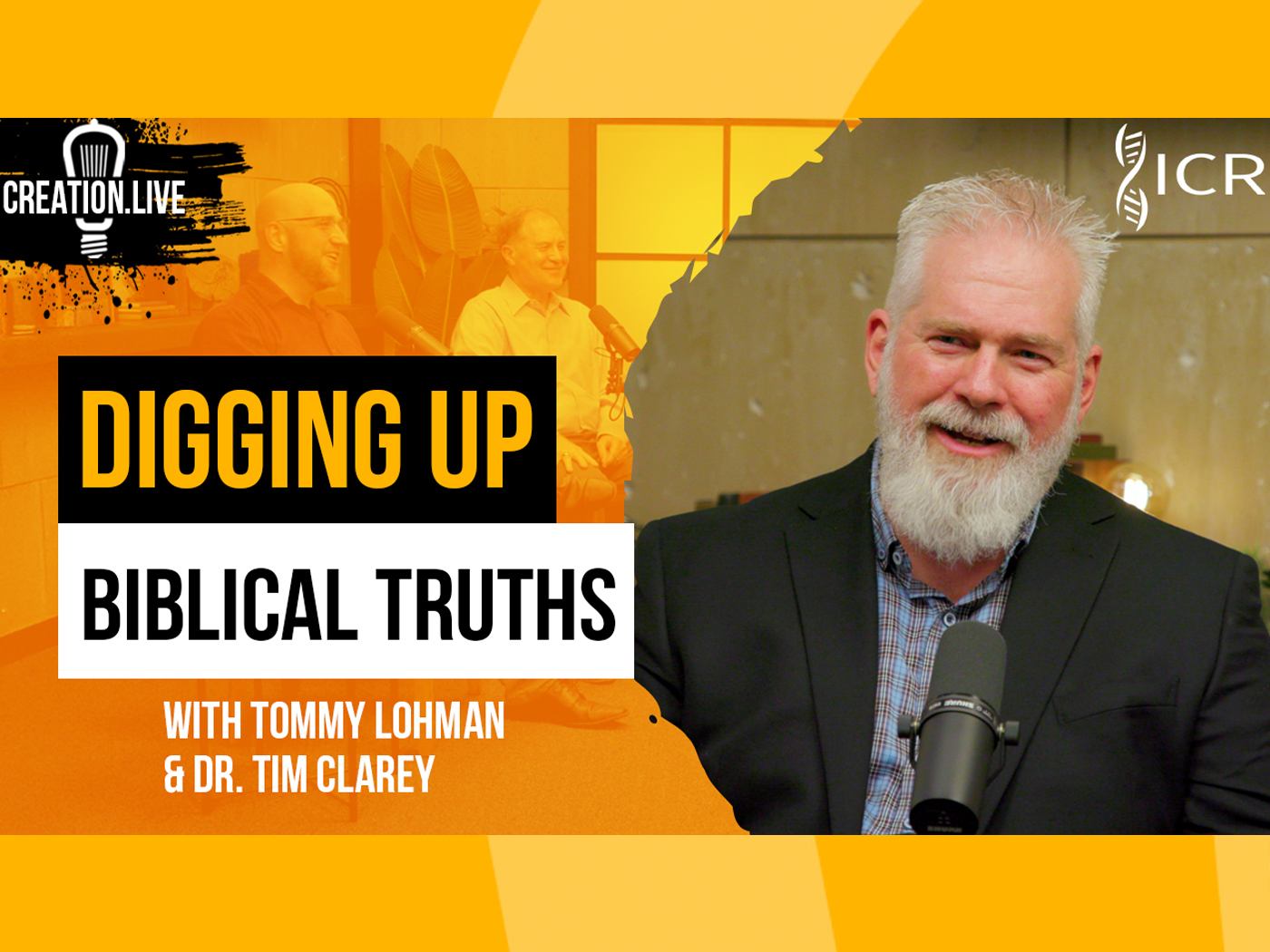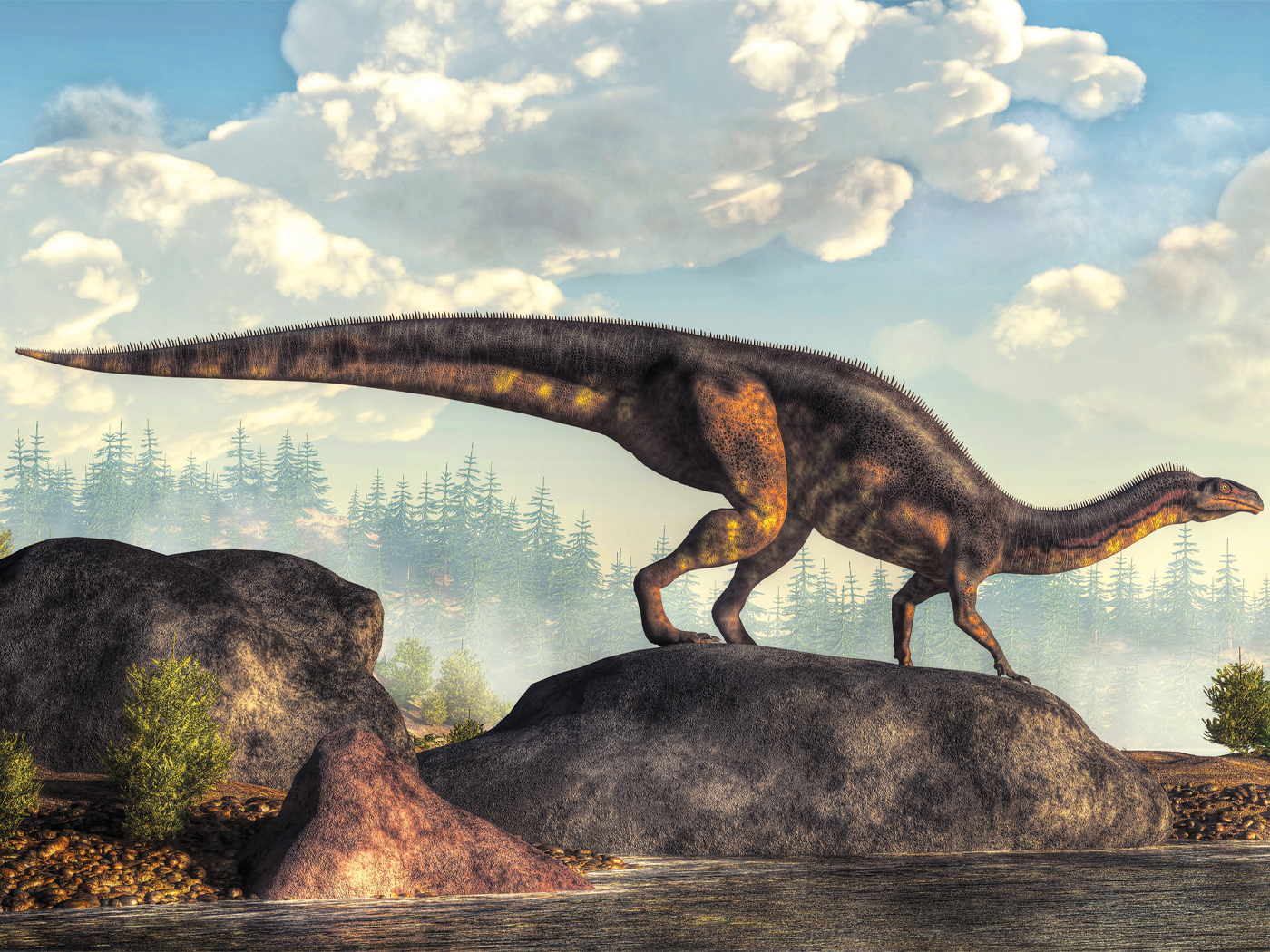Since the early 1900s, the biological community has used the tiny fruit fly (Drosophila) to conduct thousands of experiments. Students in biology classes work with fruit flies, crossing various types to produce inheritance patterns. Today, there are many thousands of publications dealing with the fruit fly and to secular biologists, it is the creature for investigating evolutionary genetics. This insect is used because genetically it is relatively simple, having four pairs of easily observed chromosomes containing only 13,000 genes (DNA). In March of 2000 the entire genome (the totality of genes) of the fruit fly was sequenced.1
Radiation such as x-rays will produce mutations and various frequencies and strengths of x-rays have bombarded these insects in the laboratory, producing, for example, wing abnormalities known as apterous, vestigial, dumpy, etc. Since 1910 geneticists have documented over 3,000 mutations in this creature, yet science journals have not documented a single fruit fly evolving into something else, no matter how often and badly they're mutated. Indeed, the late evolutionist Pierre-P. Grassé said, "The fruitfly (Drosophila melanogaster), the favorite pet insect of the geneticists, whose geographical, biotopical, urban, and rural genotypes are now known inside out, seems not to have changed since the remotest times."2
Hox genes: no help for macroevolution
As an embryo develops, its body plan arises under the direction of developmental control genes which includes a group called the homeobox, or Hox genes. The bithorax gene is part of the Hox genes which, if mutated, may produce a four-winged fruit fly (they normally have two). It is said that "in many cases, experimentally induced mutations in homeotic genes create drastic changes in the [basic body design],"3 and one non-creationist stated,
Control genes like homeotic genes may be the target of mutations that would conceivably change phenotypes, but one must remember that, the more central one makes changes in a complex system, the more severe the peripheral consequences become. . . . Homeotic changes induced in Drosophila genes have led only to monstrosities, and most experimenters do not expect to see a bee arise from their [fruit fly] constructs.4
Decades ago, an example of a "good mutation" was given by a Denver University biologist during a public debate with this author. It involved the bithorax gene that produces an atypical four-winged fruit fly. Unfortunately, the evolutionist failed to tell the audience that the fruit fly's ability to fly was severely impaired. What would natural selection do to such mutated creatures?
References
- Adams, M. D., et al., "The Genome Sequence of Drosophila melanogaster," Science 287, March 24, 2000, pp. 2185-2195.
- Grassé, Pierre-P. Evolution of Living Organisms (New York: Acad. Press, 1977), p. 130.
- Campbell, Reece & Mitchell, Biology, 1999, Benjamin/Cummings, p. 460.
- Schwabe, C., as quoted in "Hox (homeobox) Genes — Evolution's Saviour?" by Don Batten, answersingenesis.org/docs/4205.asp.
Cite this article: Sherwin, F. 2006. Fruit Flies in the Face of Macroevolution. Acts & Facts. 35 (1).























